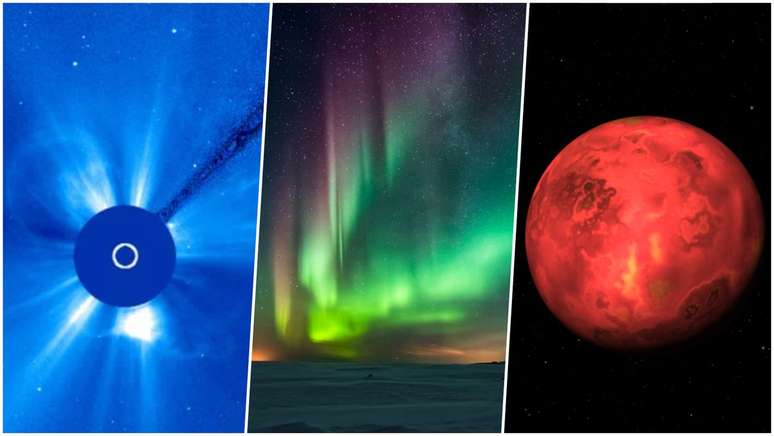Find out the top space news for the week of September 16-22, 2023, and stay up to date on everything that matters most in the world of astronomy!
This has been a busy week in space. After a few quiet days, solar storms hit our planet, arriving sooner than scientists had predicted. Fortunately, they caused no problems with the communications systems and still produced beautiful Northern Lights.
Other highlights of the week include an impact crater found on a mountaintop in China, new tests carried out by SpaceX in preparation for the Moon landing in the coming years and much more.
Below you’ll find a summary of these and other highlights from the week.
Solar storms surprise scientists
Last weekend the Sun released some coronal mass ejections and its particles are expected to reach our planet on Tuesday (19th). however, the a geomagnetic storm caused by the event was expectedand reached Earth on Monday (18th).
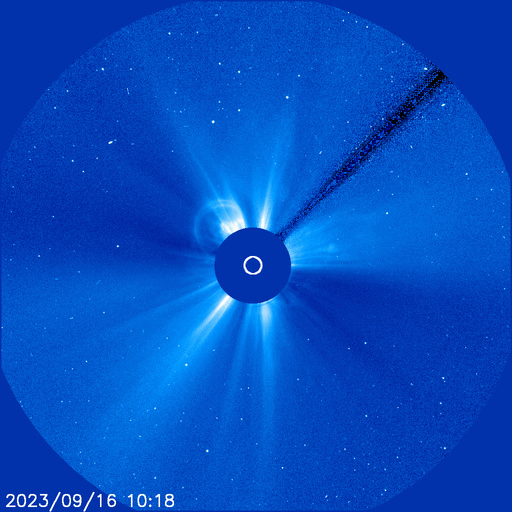
We call disturbances in the Earth’s magnetosphere, caused by interactions between the solar wind and near-Earth space, geomagnetic storms. These storms can cause beautiful Northern Lights and cause errors in communications, GPS and other systems.
Northern Lights in Europe and North America
Well, the solar storm at the beginning of the week offered a spectacle in the skies of the northern hemisphere. Observatories in regions such as the United States, Canada, Ireland and others I took incredible photos of the Northern Lightsformed by interactions between particles from the Sun and gases in the Earth’s atmosphere.
The heartbeat of the North, the Northern Lights.
September 18, 2024
📽️ Shot: West Perth, Ontario 🇨🇦 pic.twitter.com/aG1Q9036Vi
— Nathan Barker (@NASA_Nerd) September 20, 2023
“As soon as the sun set, I could see the auroras dancing across the sky in the twilight,” described Jeroen Daniels, who tracked the phenomenon. As the Sun is heading into its most active time in its cycle, events like this should occur more frequently.
Origin of carbon on the moon Europa
The James Webb Telescope revealed that carbon dioxide found on Europa, one of Jupiter’s moons, likely came from the ocean beneath its icy crust. Scientists already knew the compound existed there, but they had yet to find out whether it came from the ocean or a meteorite impact.

The new data showed that carbon dioxide is most present in Tara Regio, a European region considered geologically young. These results are encouraging and could help guide future studies of robotic probes sent to Jupiter and its moons.
Crater found at the top of the mountain
Scientists have noticed something strange on Mount Baijifeng in China: its summit has a circular depression and is divided into two parts, filled with rock fragments. Collecting samples from the site to study its origins, they discovered that, in fact, the relief points to a crater formed by the impact of some space object.
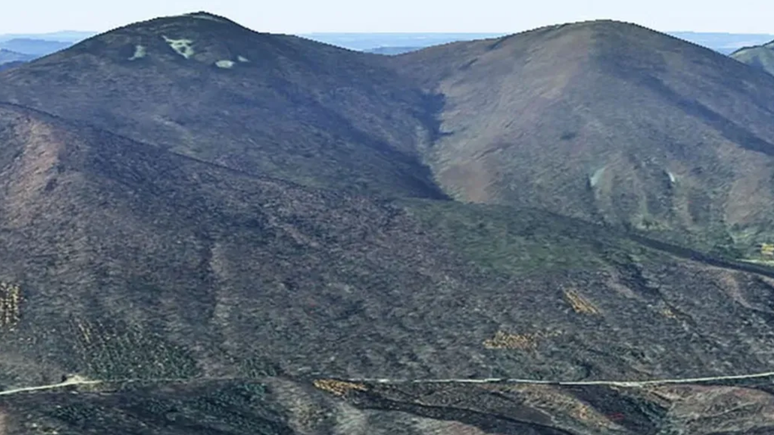
The crater has a diameter of 1.4 km and appears to have been formed by an impact between 150 and 172 million years ago. This is the first crater of its kind ever confirmed on a mountaintop.
SpaceX experiments with moon landing
As SpaceX prepares to create the vehicles and capabilities needed to land new humans on the Moon, the company has committed tests with Raptor engines. The component was activated under conditions that mimic those one might encounter during a mission in space and also simulated a Moon landing.
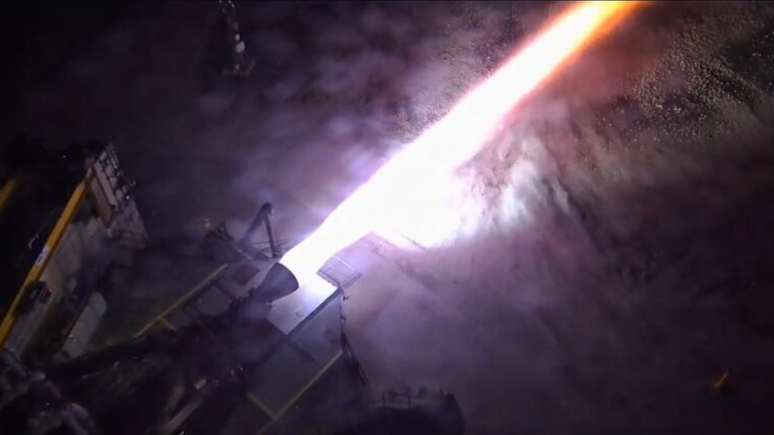
NASA explained that tests like this are important to validate the systems needed for the mission. According to the space agency, the Raptor engines will be used in Starship’s next flight test.
The exoplanet iron has short years
The exoplanet Gliese 367 b has been known to scientists for some years. It’s an intriguing world: It takes just 7.7 hours to orbit its star and is nearly twice as dense as Earth, suggesting its structure may be almost entirely made of iron.
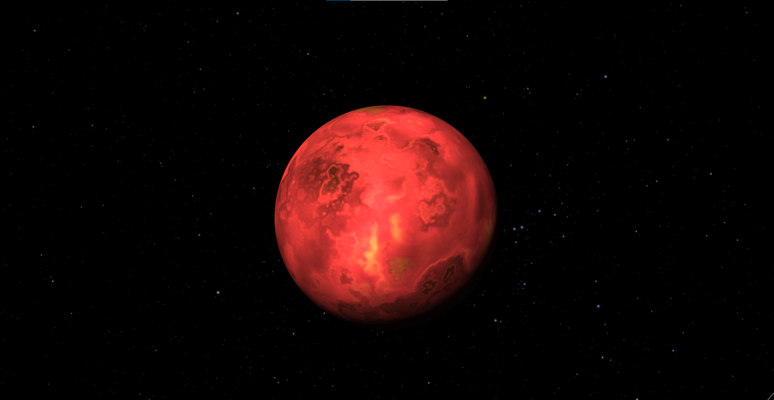
These features have attracted the attention of scientists, who studied the origins of Gliese 367 b and gave some possible explanations: it could be the core of some gaseous planet that has lost its layers, but it is also possible that it is simply a planet that has lost its layers due to collisions.
Trends on Canaltech:
- Renault will produce Kwid in Colombia to have Kardian in Brazil
- Understand the trend of the Roman Empire spreading through social media
- GWM jokes about the end of the exemption for electric cars: “There’s no point in crying”
- 5 AI to improve old photos
- Review No One Will Save You | A surprising horror with a lot to say
- The 10 most watched films of the week (09/23/2023)
Source: Terra
Rose James is a Gossipify movie and series reviewer known for her in-depth analysis and unique perspective on the latest releases. With a background in film studies, she provides engaging and informative reviews, and keeps readers up to date with industry trends and emerging talents.

